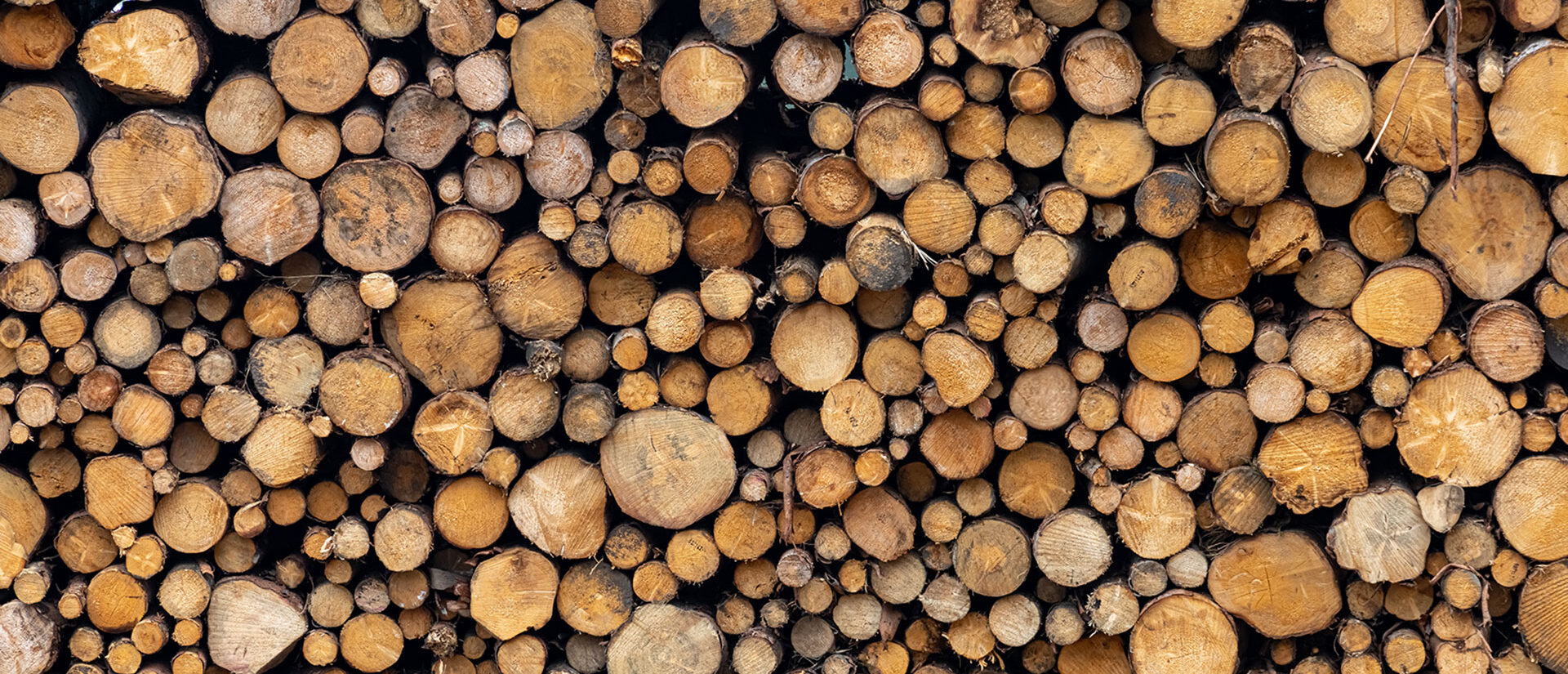- Ruokamarkkinat
- PTT Työpapereita
Terhi Latvala – Perttu Pyykkönen. 2008. KOTIELÄINTILOJEN TEKNOLOGIAVALINNAT JA INVESTOINTISUUNNITELMAT. Pellervon taloudellisen tutkimuslaitoksen työpapereita nro 114. 28 s. ISBN 978-952-224-11-8 (NID), ISBN 978-952-224-12-5 (PDF), ISSN 1455-4623 (NID), ISSN 1796-4784 (PDF).
TIIVISTELMÄ: Tässä työpaperissa selvitettiin kotieläintilojen teknologiavalintoja ja mahdollisia siirtymiä uudempiin teknologioihin lähitulevaisuudessa. Tutkimusaineisto kerättiin Gallup Elintarviketieto Oy:n kyselyssä vuonna 2006. Maitotiloilla on käytössä vielä paljon vanhaa teknologiaa, kuten sankokoneita lypsyssä. Tähän vaikuttaa se, että noin 15 % maatiloista on alle yhdeksän lehmän tiloja. Uudempi lypsyteknologia, kuten asema- tai automaattilypsy, on käytössä vajaalla 12 prosentilla tiloista. Yleisin lypsyjärjestelmä on putkilypsykone, joka on noin 75 prosentilla tiloista. Maitotiloilla ruokinta on vielä hyvin käsityövaltaista ja tilalla on usein käytössä enemmän kuin yksi ruokintajärjestelmätyyppi käytössä. On hyvin yleistä, että säilörehu sekä kuiva-/väkirehu jaetaan vielä käsin. Ruokintajärjestelmän valinnassa vaikuttavatkin yleisimmin hoitajien työhyvinvointiin liittyvät kysymykset, mutta lähes yhtä tärkeitä ovat myös eläinten terveys ja hyvinvointi. Rakennuskanta maatiloilla on varsin ikääntynyttä. Lähes puolella tiloista viimeisin rakennusinvestointi on tehty 1980-luvulla tai sitä aiemmin. Sikatiloilla ruokintajärjestelmän ja lannanpoiston valintaan vaikuttaa eniten se, että nykyinen teknologia tilalla on vanhentunut. Sen lisäksi eläinten hyvinvointi ja terveysasiat korostuvat ruokintajärjestelmän valinnassa.
Terhi Latvala – Perttu Pyykkönen. 2008. TECHONOLOGY CHOICES AND INVESTMENTS PLANS IN THE ANIMAL HUSBANDY FARMS. Pellervo Economic Research Institute Working Papers No. 114. p 28. ISBN 978-952-224-11-8 (NID), ISBN 978-952-224-12-5 (PDF), ISSN 1455-4623 (NID), ISSN 1796-4784 (PDF).
ABSTRACT: In this paper we examine the technology choices of Finnish animal husbandry farms and possible technology shifts of the farms in the near future. The data was collected by Gallup Food and Farm Facts Ltd in 2006. On dairy farms abundance of old technology, such as bucket milking machines, was still in use. This is mainly due to the fact that 15 % of farms that have less than nine cows. The share of modern systems, like milking parlours or automatic milking systems, has increased up till now. Today 12 % of the farms utilize modern milking systems. The most common milking system is pipeline milking machine, with a share of 75 % of Finnish milking farms. On milking farms animal feeding is customarily handwork. Furthermore, several feeding technologies are jointly used on dairy farms. Delivery of both grass silage and concentrated feed is commonly handwork. The worker welfare tends to have the most influence on the choice of feeding system. However, animal health and animal welfare issues are considered almost equally important. According to the results, farm buildings are on average rather aged. Nearly 50 % of farms have invested on farm buildings no later than 1980’s. Outdated current technology is the main reason for the choice of feeding system and manure system on pig farms. In addition, animal welfare and health issues also have an effect on the feeding system choice

